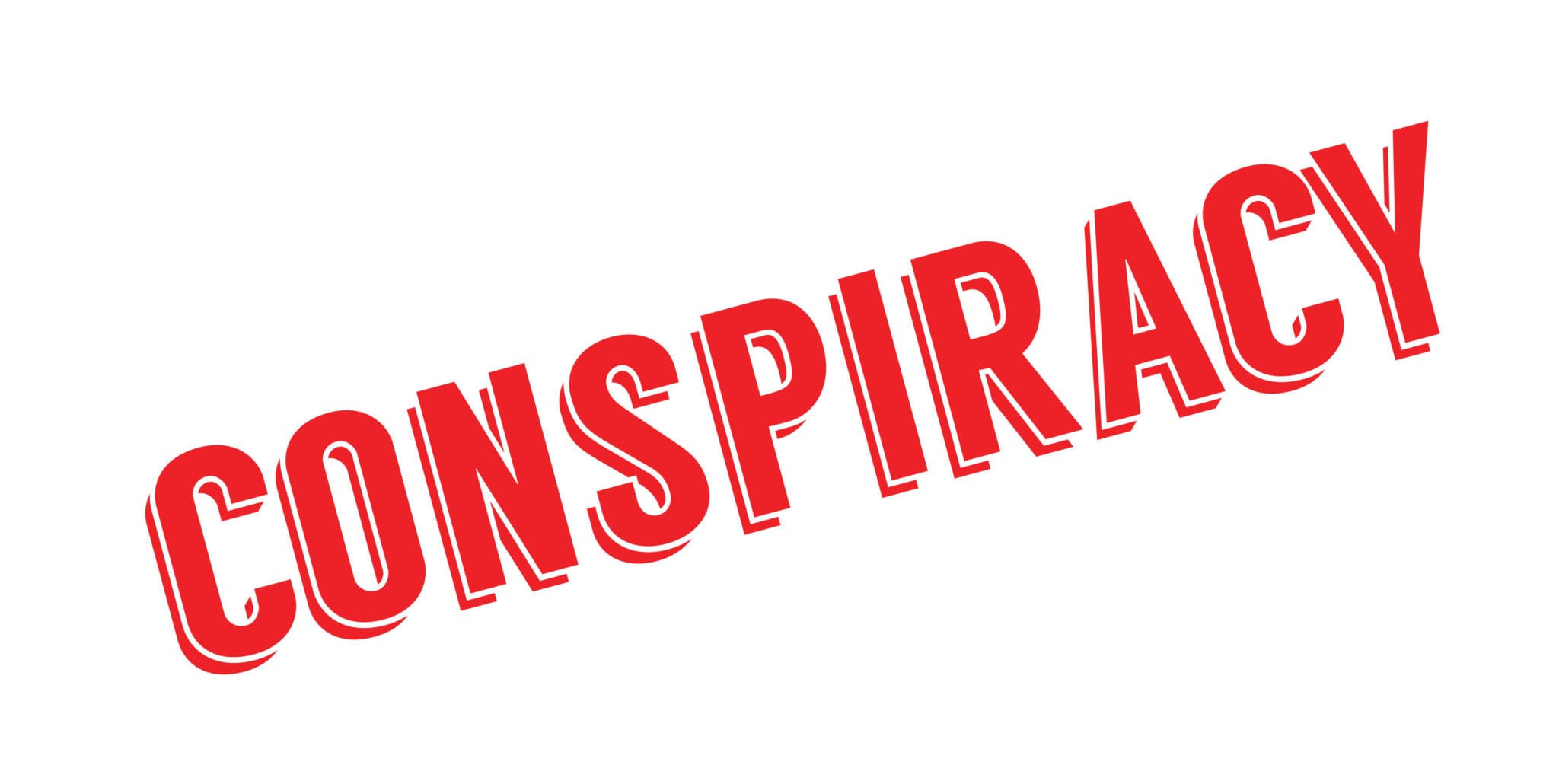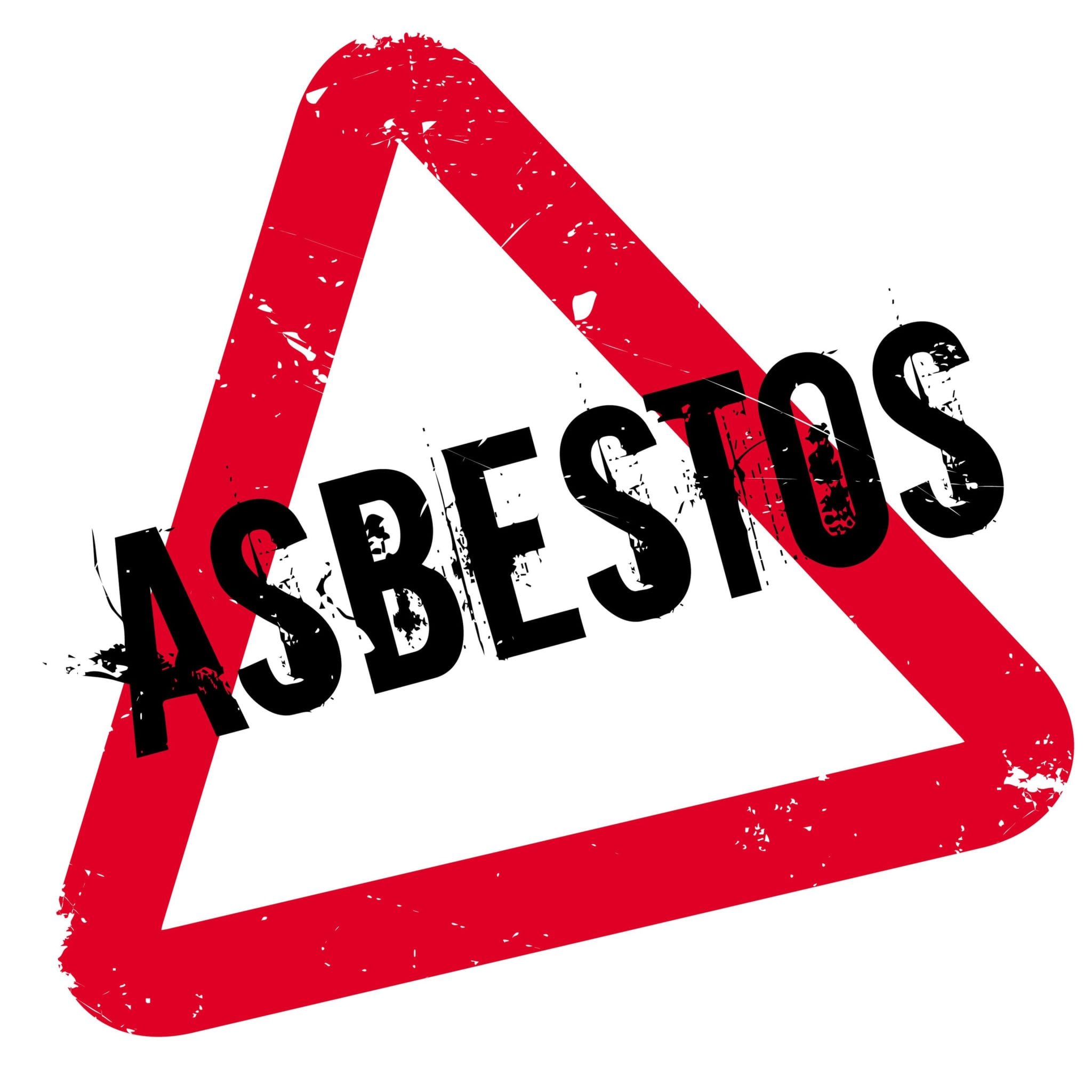
Federal conspiracy laws are complicated, sometimes confusing. This post will attempt to break down the complexities for you, using examples and explanations of potential penalties you may face if charged.
Understanding Conspiracy Under the Law
The federal statute on conspiracy defines the offense as when two or more individuals conspire to commit an offense against the United States government or to defraud the United States government, or any “agency thereof.” The conspiracy need not be carried out for charges to apply – an agreement to conspire is sufficient to sustain a conviction.
In the corporate world, conspiracy is used to defraud or commit an offense against the government to prevent financial loss, or to gain income by means of deceit or trickery.
There are four classifications of criminal conspiracy crimes:
- Crime of greater danger: A conspiracy holds the potential to affect many more people than might be impacted by a single offender. Because of this, the group of offenders is likely to be tried all together, and admissible evidence and witness statements apply to all the offenders.
- Crime of omnipresence: Conspiracy spreads beyond the local scope of one offender, so it is prosecutable in the jurisdiction in which it appears.
- Crime of continuance: The normal statute of limitations does not apply to conspiracy, because it does not run out until the last act is committed for its benefit.
- Crime of separation: Conspiracy can be prosecuted as a separate crime from the underlying offense without violating double jeopardy or ex post facto
There are four main areas that the prosecution must prove in order to secure a conviction in a conspiracy case. They include:
- The defendant acted in an agreement, whether implicit or expressed
- The agreement intentionally set out to obstruct governmental function
- The obstruction was by dishonest or deceitful means
- The defendant committed no less than one overt action to further the conspiracy
A conspiracy case does not require loss of money by the United States Government. It may involve mail or wire fraud or any other kind of distribution means. State governments are also protected if they are acting as an agent of the federal government.

The prosecution must prove that the defendant intended to cause harm to the government through the conspiracy. The United States government must be the ultimate conspiracy target in the case, even if the conspiracy’s main objective did not include impeding government operations. This can be inferred from actions and evidence, and is not dependent upon explicit admission or agreement.
Examples of Corporate Conspiracy
The Enron case is a standout example of corporate conspiracy, as well as other cases that involve organized crime or drug cartels.
United States v. Coplan involved four partners and employees of a firm who were convicted in 2012 for setting up tax shelters. The court decided the conspirators had three main objective: defrauding the U.S. government by impeding IRS function, tax evasion, and making false statements to the IRS.
One part of the conspiracy statute deals with defrauding the U.S. government. It is commonly referred to as the Klein Conspiracy, referencing a 1957 case that dealt with tax evasion for the sale of whiskey. The defendants concealed income and made false statements on tax returns, in addition to providing false responses during interrogations.
The heart of the Klein Conspiracy was obstruction or interference with lawful government functions by dishonest or deceitful means to defraud the government. It can also involve cheating the government from due income or property.
Another recent case in Wisconsin involved seven counts of conspiracy, obstruction of a federal investigation, false statements, negligent endangerment, and Clean Air Act violations. In this case, workers at a foundry refurbished an oven with hazardous levels of asbestos. The company failed to properly execute abatement, provide safety equipment, or make disclosure to the workers. Additionally, the hazardous material was improperly disposed by uninformed trash workers.

The case alleges that several individuals obstructed state and federal investigations into the matter during the refurbishment process.
Penalties for Conspiracy
In the Wisconsin case above, the defendants could face between 11 and 41 years in prison, as well as six-figure fines. They will also face millions in fines for a criminal conviction.
The standard is imprisonment of up to five years and $250,000 in fines for one conviction. Organizations can face a fine of up to $500,000. Penalties may also involve restitution and forfeiture.
If you have any questions about conspiracy charges, call our offices today for a free case review.



